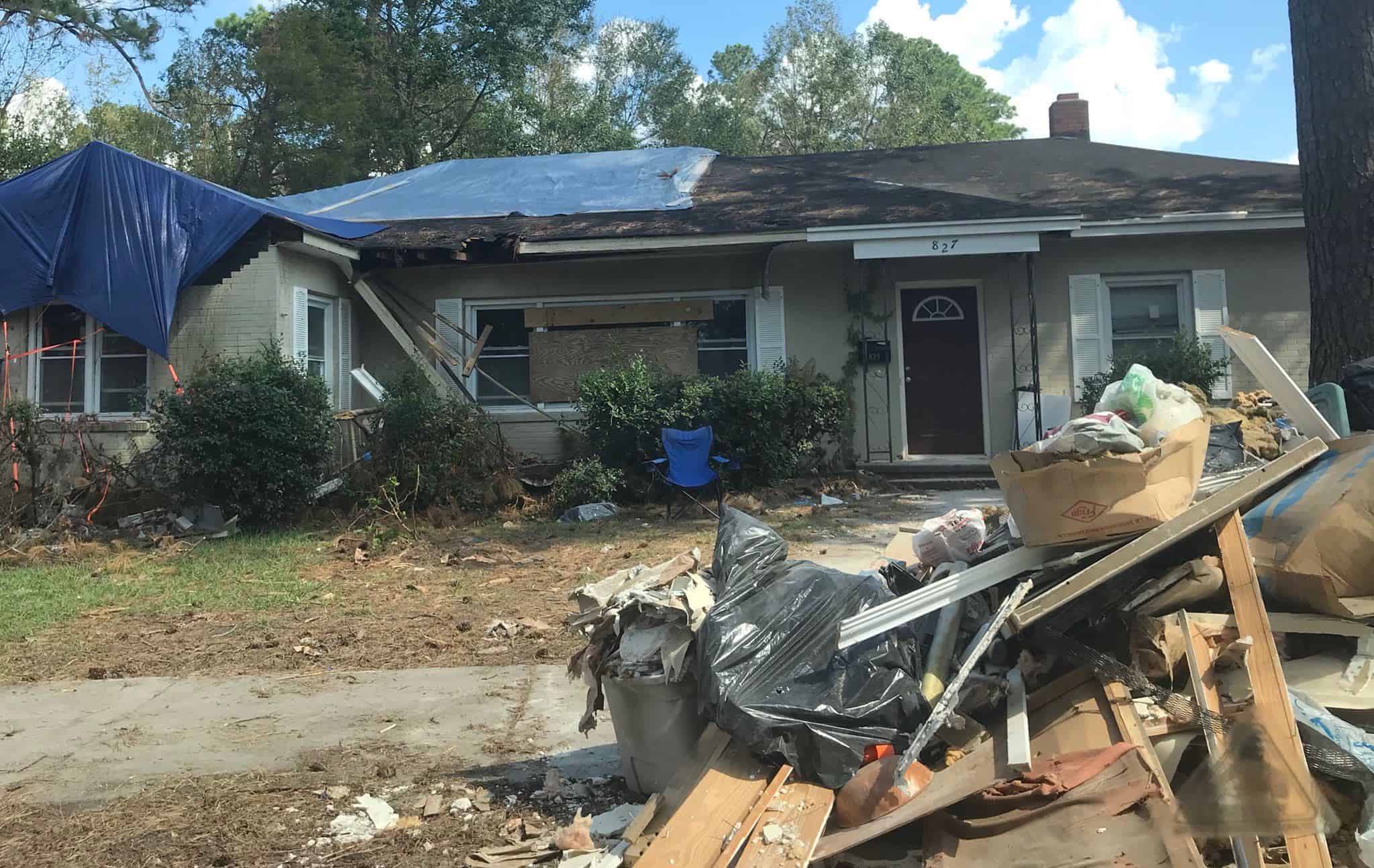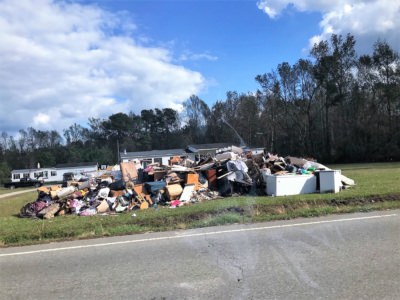When Mason Riggs returned to his family’s home after evacuating to the mountains for two weeks during Hurricane Florence, the fifth grader at Pine View Elementary saw his home crushed beneath the weight of a fallen tree.
It was a jarring sight.
“It was like a war zone,” said Amy Riggs, Mason’s mom. “Just total destruction on that side of the house.”
Understandably, returning to school was not top of mind for Mason — or his parents.
“It’s kind of traumatizing for me,” Mason said. “But I keep thinking about all the good moments and all of the good things that will happen when we get the tree out.”
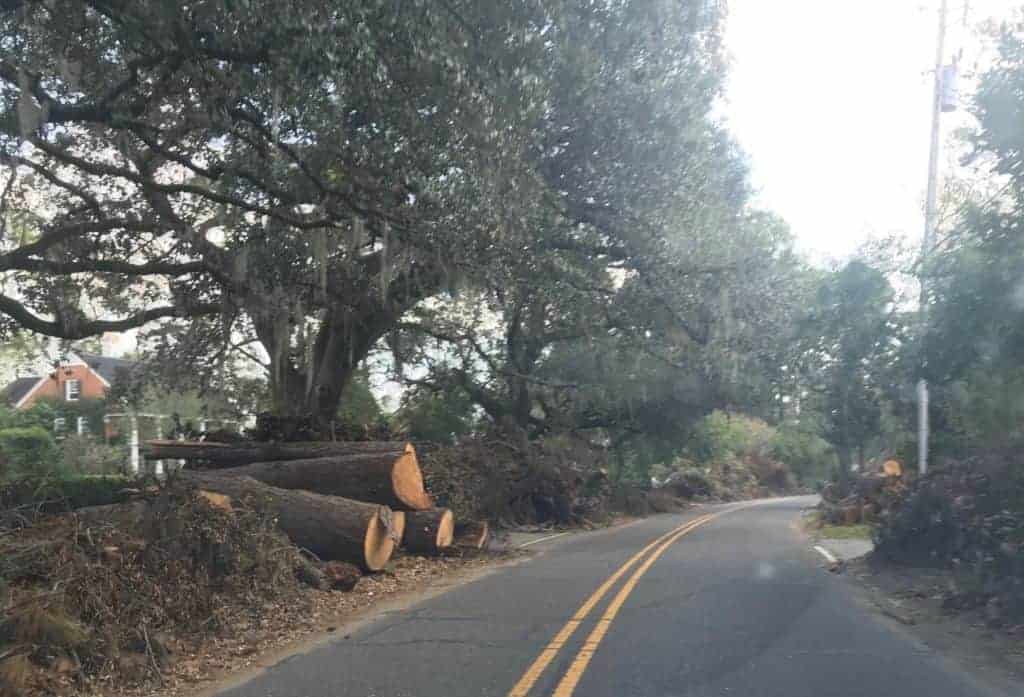

The rebuild continues — for the Riggs’ and the community as a whole. For its part, New Hanover County Schools is well on track in this endeavor.
The county started welcoming teachers back on Sept. 24 and students at most schools on Oct. 4 — on pace with, and in many cases, well ahead of, neighboring counties hit just as hard.
Solutions were devised quickly, such as shuttling kids at the hardest hit schools still closed for damage to other schools and creatively rerouting buses. Meanwhile, proactive funding approvals from the school board allowed the county to secure much-needed contractors and helped to mitigate damage early.
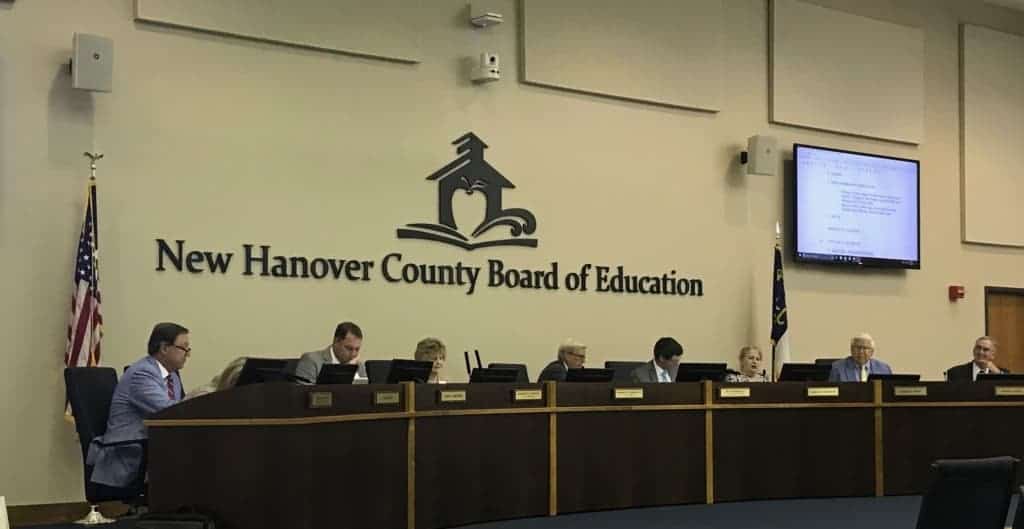

But back-to-school has not meant back to normal for all of the teachers, staff, and students.
“I have very deep, meaningful conversations with my students … We will spend some time in class talking about this,” math teacher Jamie Troche said. “Getting to know who was hit hard by this and more helping may come of it just from discussions we have in class.”
Storms don’t discriminate. Teachers’ homes were hit as hard as students’.
New Hanover County Schools called attention to some of these stories, such as Margeret Krulikas, a history teacher who wears many other hats at Wilmington Early College High School (WECHS).
Krulikas went to Durham prior to the storm to stay with relatives and was forced to stay for two weeks before roads allowed them to return. They boarded up the house and took whatever precautions they could. But the storm caused roof damage and leaks, and a neighbor’s tree fell on it also. The ceiling collapsed and the insulation came out. Floors and furniture were ruined. They salvaged what little they could, and water restoration contractors came in to gut substantial portions of the house.
“There’s a lot of mold on things, and they had to be thrown away,” Krulikas said. “Basically, we [had to take] the house back to its studs, so it looks like new construction.”
Coworkers came and helped at the house, and one colleague invited Krulikas and her family into their home.
“Sometimes as educators, we’re all about helping others, but sometimes we’re not willing for someone to come in and offer us help even though we may need it,” WECHS Principal Regina Wooten said. “We’re so accustomed to helping our kids and helping them through tight spots and helping them cope and helping them with their loss, that it’s almost like we’re on autopilot for ourselves.”
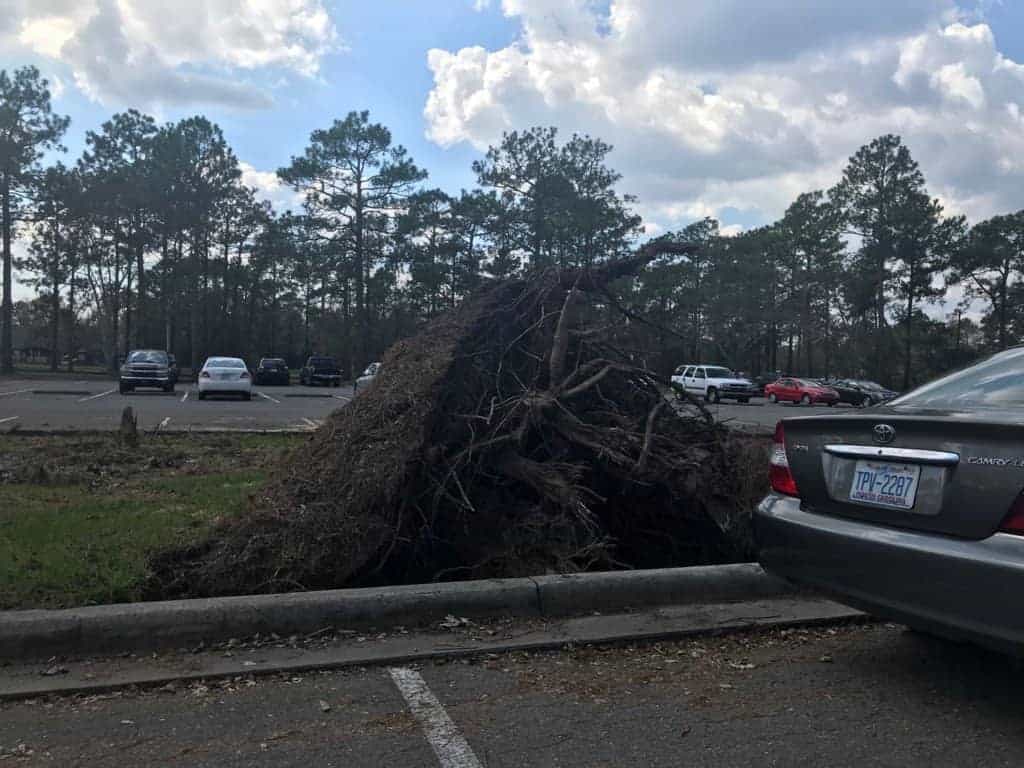

The process has been difficult but provides more insight.
“When kids start coming back and we get into that day-to-day routine, it’s going to be weird not going back to my own house and living out of a suitcase or the garbage bags all my clothes are in right now,” Krulikas said. “But I think it will help me to see what some of the kids are going through that had to leave … To be more empathetic and understand that when kids go home they don’t have as much time to do homework anymore. They need to help their family. They might be moving from house to house. It just helps you relate more to the students and what’s happening around them.”
School officials, administrators, and staff have gotten a close-up view of what’s happening. Superintendent Tim Markley spent several days at his schools that served as shelters and saw school employees everywhere he went. Bus drivers drove evacuees to shelters. Cafeteria workers served meals. Principals and assistant principals ensured that evacuees were cared for.
“I cannot stress enough how members of the school district stepped up to help,” he said.
